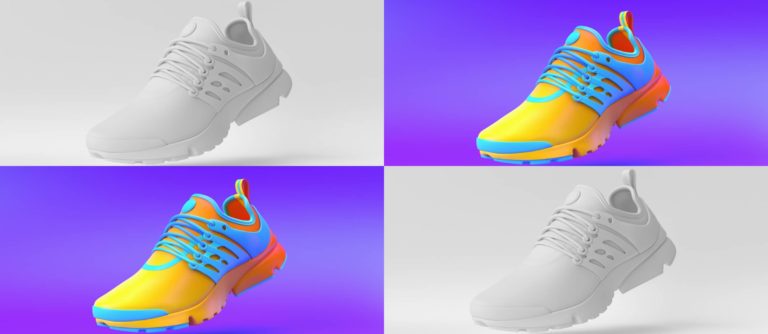
Shoppability is the new black. There’s a trend towards all things being shoppable. We’re talking buy buttons on everything from YouTube videos to Instagram Stories. This isn’t new but is one of many trends that’s been Covid-accelerated as it piggybacks on eCommerce inflections.
Elsewhere – and for similar reasons – we see a separate trend: AR shopping, also known as “camera commerce.” This involves 3D product visualization to virtually try on everything from cosmetics to couches. It also includes visual search to identify and buy physical objects.
Panning back, these two trends – shoppability and camera commerce – are on a collision course. Point your phone at a jacket a friend is wearing using Snap Scan, then buy it right on the spot. This process compresses the purchase funnel through a visually-informed shopping flow.
This is the topic of a recent report from our research arm, ARtillery Intelligence. Entitled The Immersive Commerce Era: AR & Shopping Collide, it breaks down opportunities and happenings at the intersection of social commerce and AR. We’ve excerpted it below.
Trend 1: Shoppability
As noted, everything is becoming shoppable. You’ve probably noticed more buy buttons as you encounter products on social media. These channels – including everything from Pinterest to YouTube – have traditionally been “upper funnel” media to discover products and brands.
These brands appreciate the opportunity to build awareness on a mass scale. But one key piece is missing: direct consumer action. Such buying activity rather happens in lower-funnel media such as search, where users reveal their intent in certain terms. But this is changing quickly.
Upper-funnel awareness media is increasingly gaining the transactional attributes of lower-funnel media, thus gaining the best of both worlds. This is the shoppability trend in a nutshell and it’s most evident in discovery-based media with endless-scroll feeds, such as Instagram.
Such players want to own the entire shopping flow. The thought is that a clearer path from impression to action reduces friction for users, and breeds analytics on what clickstreams produce transactional results. This helps the Instagrams of the world optimize and attract advertisers.
To that end, shoppability achieves another important goal: first-party data. Most data-privacy reform today focuses on third-party user data. This amplifies the value of first-party transactional data, which can be gained from end-to-end shopping flows under the same roof.
To put a number on this phenomenon, consumer purchases influenced by social media – otherwise known as social commerce – are projected to grow from $492 billion globally to $1.2 trillion by 2025 according to Accenture. This growth is fueled by the rise of online social influence.
Trend 2: AR Shopping
AR and 3D immersive shopping is proving to have experiential impact for consumers, as well as revenue impact for brands. As introduced earlier, this is when mobile AR is used as a tool to visualize and contextualize products to engender more informed consumer purchases.
This is a subset of AR that comes in a few flavors, including visualizing products on “spaces and faces.” It also includes visual search – pointing one’s camera at products to get informational or transactional overlays. In each case, AR brings additional context and confidence.
Meanwhile, all the above has been accelerated in the Covid era, as AR brings back some of the product dimension and tactile detail that was taken away during retail lockdowns. But even as Covid retreats this consumer behavior, and AR’s value proposition, have been established.
Camera commerce meanwhile resonates on the sell side: brands and retailers. On one level, it appeals to their creative sensibilities — erstwhile stuck in 2D media — to demonstrate products in their full 3D glory. On a more practical level, they’re seeing real results from AR marketing.
All of this is especially valuable in face-worn products as well as bulky items. For the latter, AR can solve a common pain point of figuring out if an item will fit in one’s space. AR also shines where there’s a great deal of product detail that 3D models can exhibit, such as wood grain.
Putting some numbers behind this opportunity, ARtillery Intelligence projects AR commerce to grow from $26.1 billion last year to $249 billion by 2026. These figures define consumer spending that is influenced by AR product visualization, such as try-before-you-buy lenses.
We’ll pause there and circle back in the next report excerpt with more commentary on AR shopping and social commerce. Meanwhile, check out the full report here.






